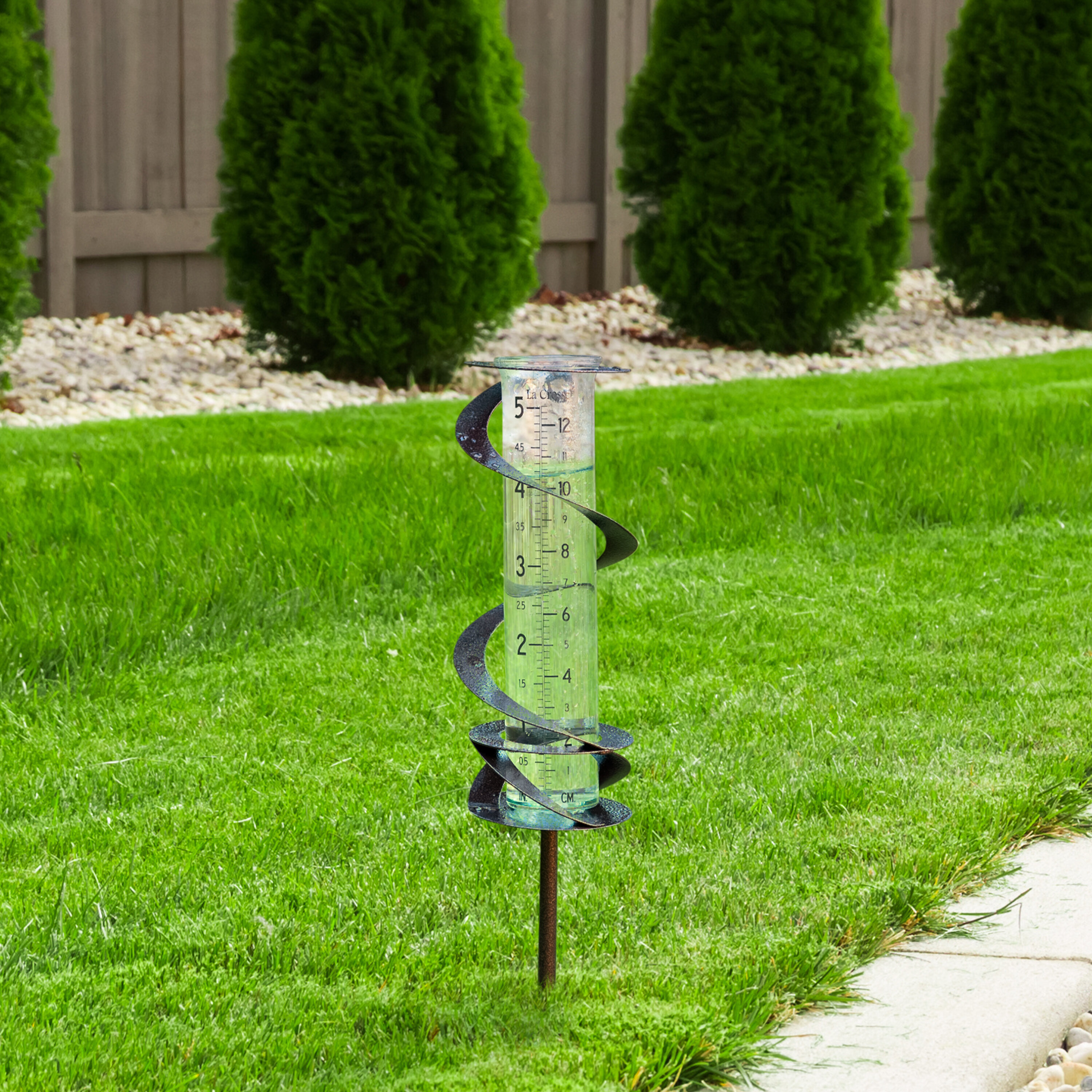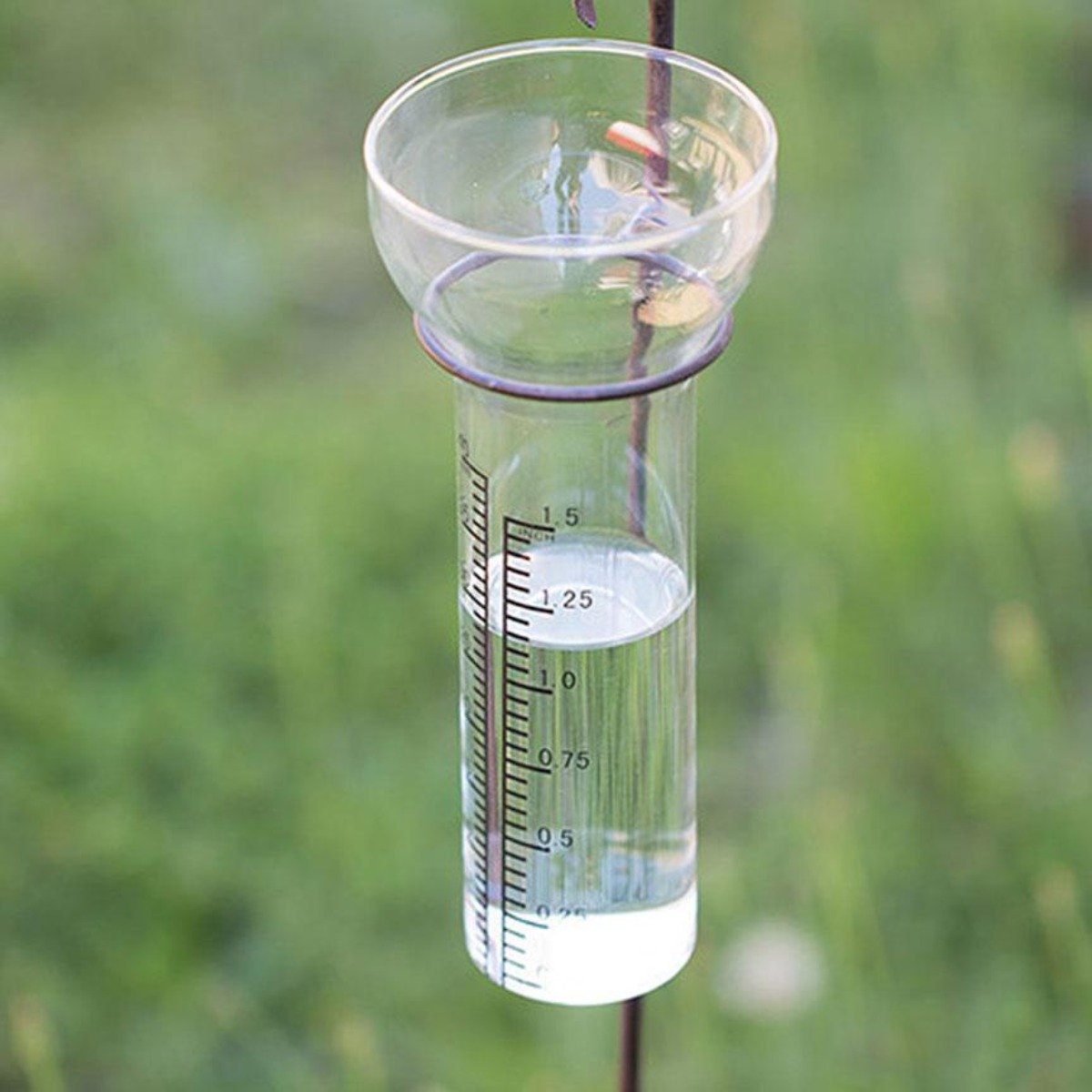How to Choose the Right Rainfall Scale for Accurate Rainfall Information
To get reliable dimensions, it is crucial to select the right rainfall scale. Thinking about elements such as location, type, and precision of the rain scale will certainly help make certain accurate information collection. Furthermore, understanding the upkeep and calibration procedures will add to the durability and integrity of your rain scale.
Significance of Picking the Right Rainfall Gauge
The value of choosing the appropriate rainfall gauge hinges on acquiring exact and dependable rains data for exact atmospheric analysis. Rain information is important for a vast array of applications, including weather projecting, hydrological modeling, and climate research study. Unreliable or undependable information can lead to incorrect conclusions and flawed decision-making processes.

Secondly, the precision and precision of the rain gauge are critical. The scale ought to be able to determine rains with high accuracy, capturing also tiny quantities of rainfall properly.
Additionally, the place and setup of the rain scale are essential factors to consider. It must be put in an open area, away from blockages that might impact rains measurements. The scale should be positioned at a suitable height and angle to stay clear of spilling and make sure correct catchment of rain.
Elements to Think About When Picking a Rain Scale
When picking a rainfall scale, there are numerous vital factors to think about. There are various types readily available, consisting of common rainfall gauges, tipping bucket rainfall evaluates, and weighing rain gauges.
Another element to think about is the material of the rainfall gauge. Rain gauges can be made from numerous materials, such as plastic, metal, or glass. The product chosen must be immune and sturdy to weather, ensuring that the rainfall scale will withstand the aspects and give exact dimensions gradually.
Accuracy is likewise a critical aspect to think about. Seek rain gauges that have actually been calibrated and checked for accuracy. Attributes such as anti-splash rings and funnels can likewise improve the accuracy of the dimensions.

Lastly, take into consideration the environment and atmosphere in which the rainfall scale will be utilized. Various rainfall determines appropriate for various climates, so it is essential to choose one that is proper for the problems in your area.
Various Kinds of Rain Gauges Available
To better check out the elements to think about when choosing a rain scale, it is important to comprehend the different kinds of rainfall assesses offered. The most usual type is the standard rainfall scale, likewise understood as the round rainfall scale.
One more type of rain scale is the tipping pail rainfall gauge. As the rain drops into the scale, it loads up one side of the container, causing it to clear the water and tip.
A third kind of rain scale is the weighing rain scale. As the rainfall falls into the scale, it is collected in a container additional hints attached to a balance.
Lastly, there are likewise remote rainfall evaluates that usage progressed innovation to gauge rainfall (The Rain Gauge). These evaluates usage sensing units and transmitters to send data wirelessly to a main device. Remote rain gauges are hassle-free for monitoring rainfall in hard-to-reach locations or for large data collection
Exactly How to Determine the Accuracy of a Rain Scale
One means to analyze the accuracy of a rain gauge is by carrying out normal calibration dimensions. Calibration involves comparing the readings of a rain gauge to a standard measurement, such as a licensed rain gauge or a weather condition terminal with high precision. By contrasting the dimensions, any inconsistencies or mistakes in the rainfall gauge can be determined and made up.
To conduct a calibration measurement, start by gathering rains information from both the rain gauge and the standard measurement tool over a particular time duration, such as a month. Contrast the readings and determine the difference in between them. This distinction is called the calibration mistake.
It is essential to note that calibration measurements should be done routinely, as environmental variables, such as temperature level, wind, and particles, can affect the accuracy of the rainfall scale gradually. By conducting normal calibrations, any kind of changes in the precision of the rainfall gauge can be detected and changes can be made appropriately.
In addition to calibration, it is likewise recommended to tidy and preserve the rain scale on a regular basis to guarantee its accuracy. Get rid of any particles or obstructions that might affect the accuracy of the dimensions, and look for any kind of signs of damages or wear that might require fixings or replacement.
Tips for Keeping and Adjusting Your Rainfall Scale
Routine maintenance and calibration are crucial for making certain the accuracy and integrity of your rain gauge in gauging rainfall data (The Rain Gauge). By click here for more adhering to a few basic tips, you can make sure that your rainfall gauge is appropriately kept and calibrated
First of all, it is necessary to clean your rain gauge consistently to stop any type of particles or dust from obstructing the rain collection system. Utilize a light cleaning agent and a soft brush to carefully clean up the within and exterior of the scale. Wash it thoroughly with clean water and enable it to completely dry entirely prior to re-installing it.
Second of all, it is recommended to calibrate your rain gauge at least when a year. Calibration includes comparing the dimensions of your rainfall scale with those of a relied on and exact referral gauge. This will assist you determine and remedy any potential errors in your rain gauge's measurements.
To adjust your rainfall scale, accumulate a well-known quantity of water using a measuring container and compare it with the measurements tape-recorded by your rainfall gauge. Adjust the readings as necessary to make certain accuracy.

Final Thought
To conclude, selecting the appropriate rain gauge is essential for getting precise rainfall information. Aspects such as area, purpose, and spending plan should be taken into consideration when selecting a rainfall gauge. There are various kinds of rainfall gauges offered, each with their very own benefits and limitations. It is very important to routinely keep and adjust your rain gauge to guarantee its precision. By following these guidelines, exact rains data can be acquired for numerous applications.
There are different types offered, consisting of basic rainfall determines, tipping bucket rainfall evaluates, and evaluating rainfall determines.To further discover the aspects to take into consideration when picking a rainfall gauge, it is essential to understand the different kinds of rainfall determines readily available. The most usual type YOURURL.com is the conventional rain gauge, additionally recognized as the cylindrical rain scale.An additional type of rain scale is the tipping container rainfall scale. Calibration entails comparing the analyses of a rain scale to a common measurement, such as a qualified rainfall gauge or a weather condition terminal with high accuracy.